Cave of Forgotten Dreams – Werner Herzog (2010)
Since its discovery in 1994 it was quickly realized that the Chauvet Cave of France harbors one of the most impressive art ever been studied belonging to Aurignacian. The Werner Herzog documentary articulates the findings in his characteristic story telling style. Archeologists had a bitter experience in opening such caves to public. The Lascaux cave paintings have been sadly damaged beyond repair due to increased humidity from visitors breath. Happily we can take a virtual tour of the Chauvet cave […]

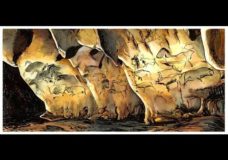
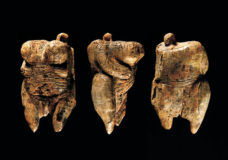
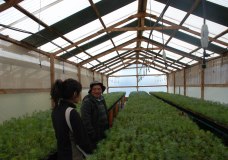
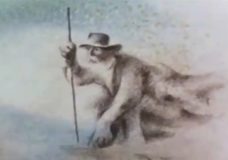
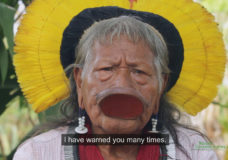
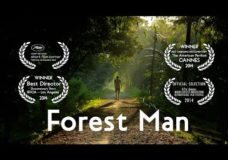
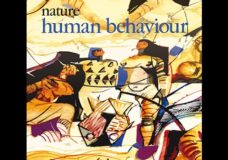
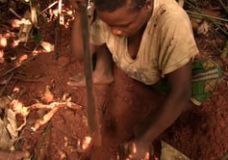
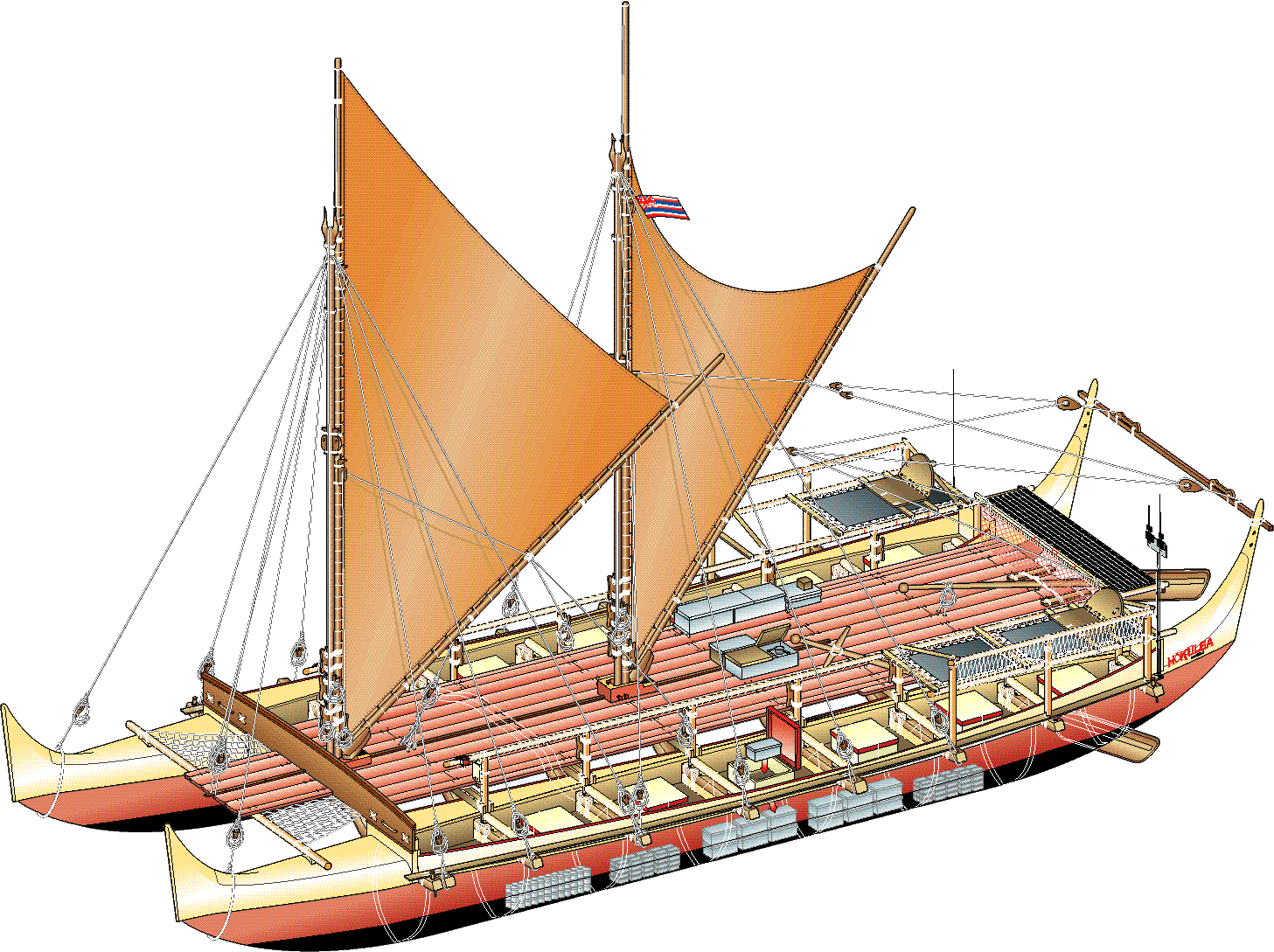
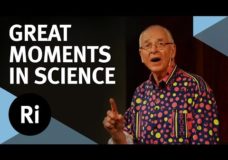
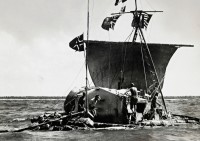

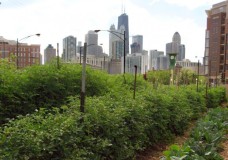
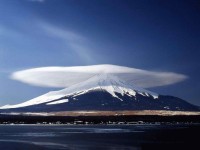
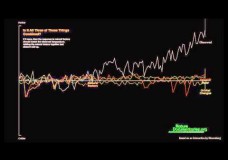

Recent Comments